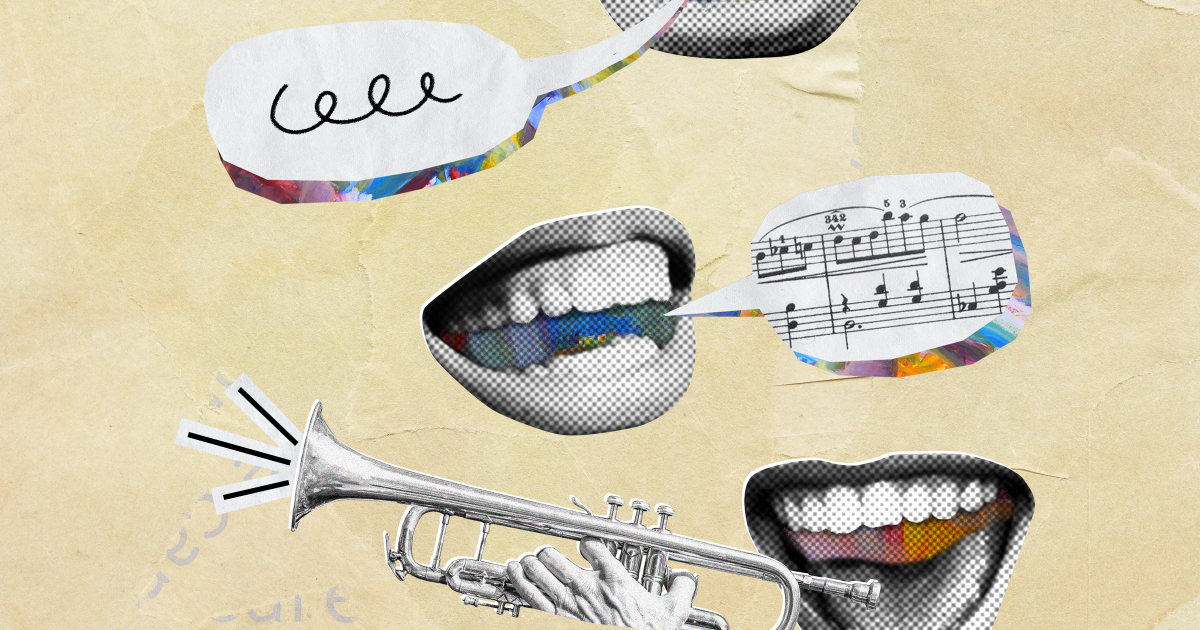
Spectacled longbill nestThe Trustees of the Natural History Museum/Jonathan Jackson
These elaborate constructions are just some of the birds’ nests found at the Natural History Museum in Tring, UK, one of the oldest and largest ornithological collections in the world, with over 1 million specimens.
Nest of the desert cisticolaThe Trustees of the Natural History Museum/Jonathan Jackson
Some of those pictured are built primarily using dry grass, like that of the spectacled longbill (main picture), the only known research specimen, and the opened-up “ball” nest of the desert cisticola (pictured above), which boasts a roof and an entrance hole bound by spider’s webs. Others, like the brown noddy’s (below), are made of a mix of materials, including bird excrement and a colony of calcifying aquatic invertebrates called bryozoans.
A brown noddy nestThe Trustees of the Natural History Museum/Jonathan Jackson
Nest of the bokmakierieThe Trustees of the Natural History Museum/Jonathan Jackson
The nest of the bokmakierie (pictured above) shows the handiwork of both sexes, with its neat, open-cup design, a common shape for perching birds. The light-vented bulbul’s nest (below), similarly crafted, is largely made from twigs and bamboo leaves. It is in its original shipping packaging from 1896.
Light‑vented bulbul’s nestThe Trustees of the Natural History Museum/Jonathan Jackson
The multiple open-cup nests (pictured below) are the work of many different birds, but have all been commandeered by the common cuckoo, which lays its eggs in the nests of more than 100 other bird species worldwide.
The Trustees of the Natural History Museum/Jonathan Jackson
In his new book Interesting Bird Nests & Eggs, in which all these images appear, Douglas Russell, senior curator at the museum, delves into the history of some of the specimens. “A nest is a captured piece of the environment, a moment in time,” he says. “You couldn’t ask for a more comprehensive little, tiny, feathered botanist to take up that little sample of material for you.”
New Scientist videoSee inside the Natural History Museum’s rare bird archive at youtube.com/newscientist
Topics:






